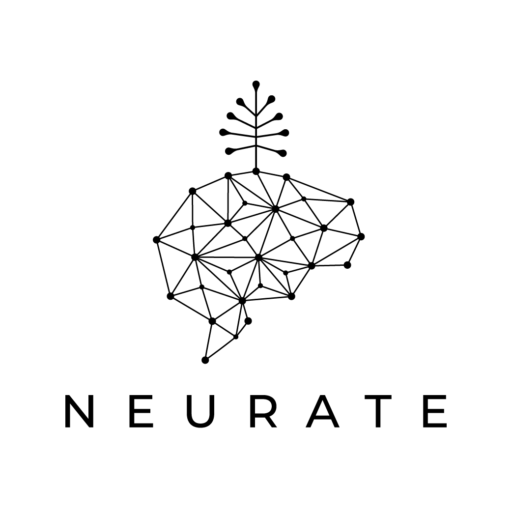Our personal and professional success depends on mastering complex social situations. We often seem to have a rapid and intuitive grasp of other people‘s intentions, feelings, and actions, without necessarily referring to conceptual analysis. How does our brain achieve this intuitive knowledge and how can we develop it further?
As suggested by Ramachandran, our deep need for social interactions has been a key motivator for intrinsically human endeavors, such as language, art, and empathy. One of the key neuronal underpinnings proposed to underlie social cognition has been the mirror neuron system (MNS). In brief, the MNS is a group of neurons that becomes active when a person performs an action or observes someone else performing a goal-directed action. Thus, they “mirror“ other’s behavior as if it was us performing the activity.
They belong to a class of visuomotor neurons, originally discovered in the monkey by Rizzolatti and his colleagues in 1996. Mirror neurons have also been found in humans, with increased levels of complexity and sophistication. They are highly tuned for processing animate stimuli with social relevance. The speculation is that mirror neurons evolved to perceive and interpret feelings, thoughts, and motivations underlying other’s behavior. Furthermore, they allow learning through imitation.
Different patterns of neuronal activation were found when subjects observed the same action performed in different contexts, implying different behavioral intentions (Rizzolatti et al., 2001). Katja Stefan and her colleagues have shown via transcranial magnetic stimulation (TMS) that just by observing another person’s thumb movement specific memory trace is created in humans’ motor cortex. This suggests a role of the mirror neuron system in motor learning and memory formation. Lindsay Obermann and her colleagues reported a characteristic change in human EEG measurements (mu wave suppression) that correlated with processing animate stimuli with social relevance.
However, there is skepticism regarding both the existence and the role of mirror neurons in humans. Some scientists like Pascolo, Hickok, and Dinstein argue that the reported phenomenon could be an artifact of the motor system and not a specialized class of cells devoted to interpreting the other’s actions. Vladimir Kosonogov said that mirror neurons become active when the action goal has been “understood” by other brain structures that only subsequently activate the MNS. Cecilia Hays (Professor of Experimental Psychology, Oxford) claims that the MNS is not an evolutionary adaptation to understanding goal-directed behavior, but rather a byproduct of associative learning of social interactions.
Regarding practical applications of the theory of mirror neurons, they have become deeply embedded in Neuro Linguistic Programming. One of the most popular NLP methods is called mirroring. It is the act of consciously mimicking the other person‘s body language, his/her tone of voice, etc. to increase rapport with the other person. NLP modeling takes imitation a step further as a way of reaching excellence. This is done by recreating the behavior, physiology, internal strategies, beliefs, and assumptions of other people in order to recreate their state of excellence that we want to develop in ourselves. It has been proposed that the MNS represent the neuronal underpinnings of the ability to imitate.
Whether our goal is to improve our understanding of others or honing in on their skill set, our brain seems to have developed sophisticated neuronal systems to achieve this. Neuroplasticity via practice allows us to refine and strengthen these innate skills.
References:
Gallese, V., Keysers, C., and Rizzolatti, G. (2004). A unifying view of the basis of social cognition. Trends Cogn. Sci. 8, 396–403.
Gallese V., Fadiga L., Fogassi L., Rizzolatti G. (1996). Action recognition in the premotor cortex. Brain. 1996 Apr;119 ( Pt 2):593-609.
Iacoboni, M., Molnar-Szakacs, I., Gallese, V., Buccino, G., Mazziotta, J.C., and Rizzolatti, G. (2005). Grasping the Intentions of Others with One’s Own Mirror Neuron System. PLoS Biol. 3, e79.
Oberman, L.M., Pineda, J.A., and Ramachandran, V.S. (2007). The human mirror neuron system: A link between action observation and social skills. Soc. Cogn. Affect. Neurosci. 2, 62–66.
Rizzolatti, G., and Craighero, L. (2004). THE MIRROR-NEURON SYSTEM. Annu. Rev. Neurosci. 27, 169–192.
Rizzolatti, G., Fogassi, L., and Gallese, V. (2001). Neurophysiological mechanisms underlying the understanding and imitation of action. Nat. Rev. Neurosci. 2, 661–670.
Stefan, K. (2005). Formation of a Motor Memory by Action Observation. J. Neurosci. 25, 9339–9346.

